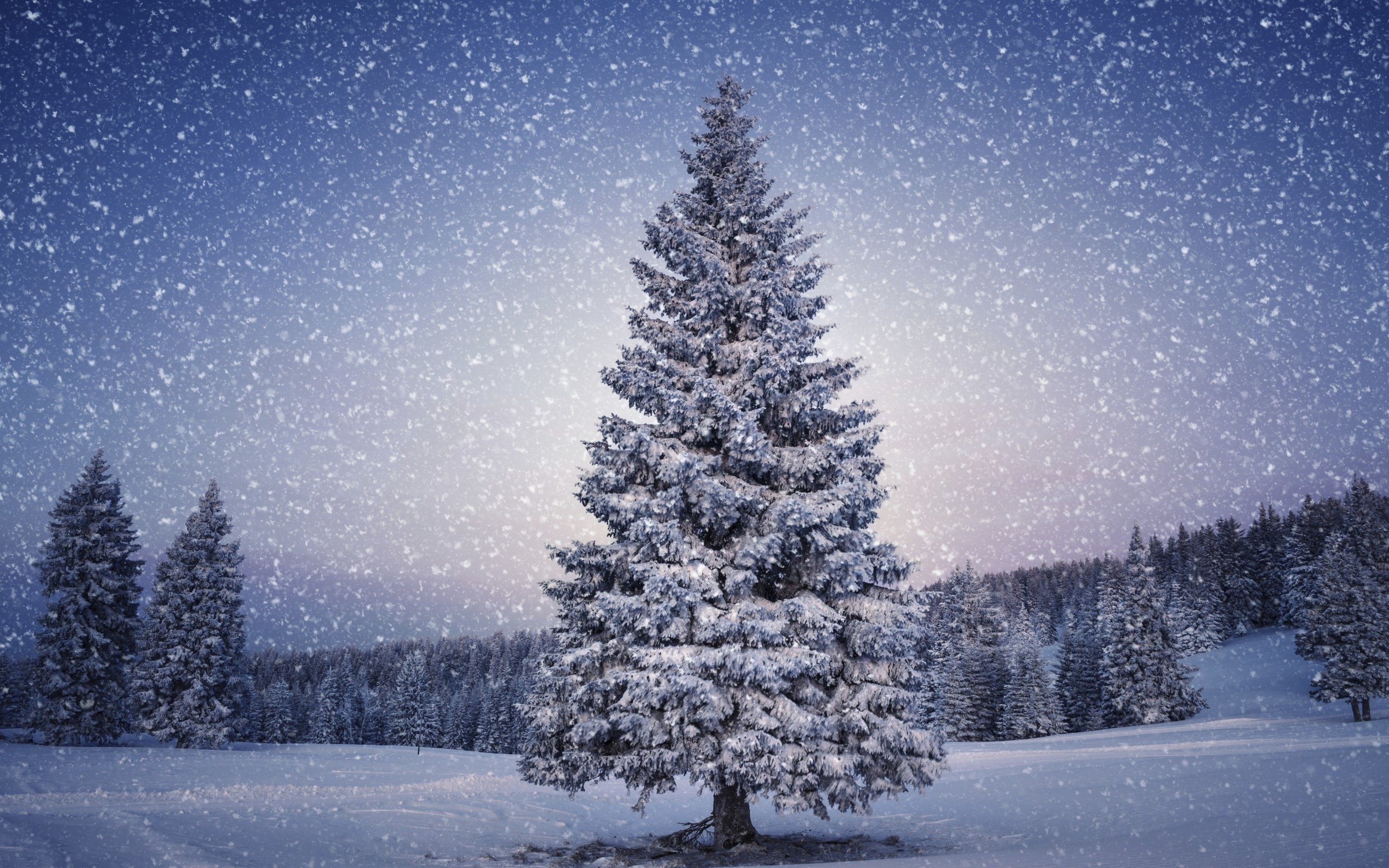

Midday Decemstorm that has been affecting our region.Īppreciation is extended to highway departments, cooperative The following are snowfall totals from midday December 24 to Storm Total Snowfall from December 24-26 2020 Winter Storm. Low-level water vapor loop from 8 PM EST Dec 23 to 7 AM EST Dec 26 with RAP 500 mb analysis overlaid. NOHRSC 48-hour interpolated snowfall analysis from 7 AM Dec 24 to 7 AM Dec 26. The highest snowfall totals for this event were actually located nearest to the lakeshore, with up to 30 to 36 inches along the Lake, Ashtabula, and Erie lakeshore counties. Some frictional convergence along the lakeshore may have also helped enhance snowfall rates with southwest winds on land and west winds across the lake. Lake effect banding was able to quickly reorganize with little wind shear within the boundary layer, resulting in a single band that significantly impacted the lakeshore counties of Lake, Ashtabula, and Erie with snowfall rates of 1 to 2 inches per hour. This, coupled with sufficient low-level moisture trapped by the upper-level low, allowed for efficient lake effect snow with very high snow-to-liquid ratios (SLR) of 20:1 to possibly 25:1.īy late Christmas day into Christmas night, another trough moved south across the Great Lakes, shifting winds more west to southwesterly. Although inversion heights weren’t especially extreme for this lake effect event, lift within the dendritic growth zone (DGZ) was maximized for the majority of this event. This allowed lake effect snow to ramp up across the lakeshore from Cleveland, northeast through Erie, PA. Temperatures around -15 degrees Celsius arrived by Christmas morning with predominantly northwest to west flow across Lake Erie persisting through Christmas day.

The upper trough became negatively tilted by Christmas morning, allowing colder air aloft to infiltrate across the region as the upper low began to stall across the Ohio Valley, trapping in low-level moisture and effectively starting the lake effect portion of the event.

Thus, a brief window of intense frontogenesis at the 700 mb level occurred on Christmas eve across north-central Ohio, resulting in a heavy band of synoptic snow with rates in excess of one inch per hour. This low pressure system quickly moved north through the spine of the Appalachians, reaching the Mid-Atlantic by Christmas day and creating a tight temperature gradient aloft between the warm sector of the Mid-Atlantic and the now closed upper-level-low situated across the Ohio Valley. This allowed for cyclogenesis to occur as another surface low pressure developed across the Southeast on Christmas eve. As the first low began to weaken as it continued northeast into Canada, a piece of the upper trough broke off and dove south across the Ohio Valley on Christmas Day. On the backside of this low, blizzard warnings were issued across the Upper Midwest, showing the strength of the surface and associated upper-level trough. Low pressure developed across the Northern Plains and quickly deepened to 988 mb as it moved northeast across the Upper Midwest and Upper Great Lakes on Dec 23 and Dec 24.


 0 kommentar(er)
0 kommentar(er)
